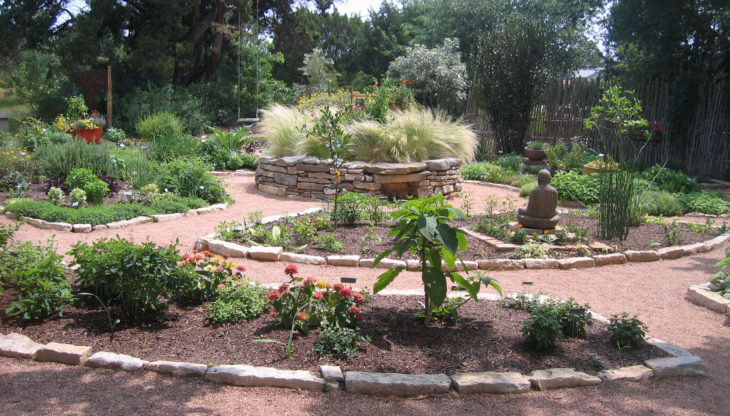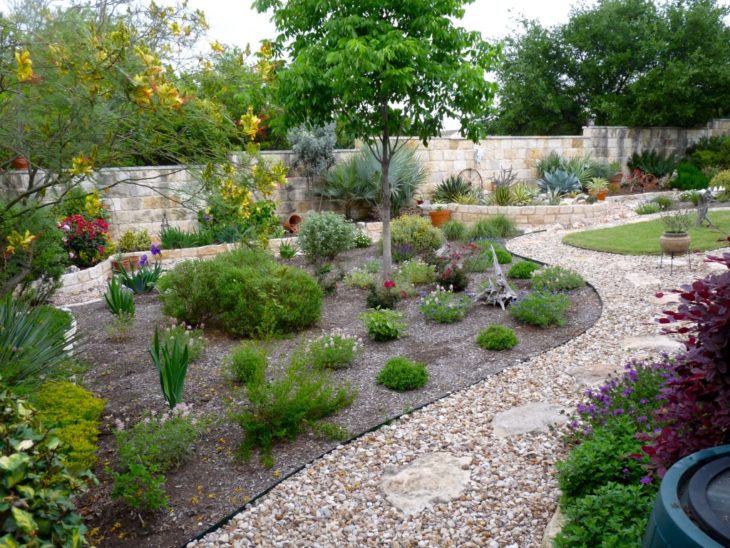Have you ever wanted to make some changes in your yard, that could be a help to the environment? If you have then xeriscaping may be a good idea for you. It’s an excellent way of helping to preserve water while still having an outside space to be proud of. Xeriscaping is especially popular in areas where there is low rainfall and drought is common, but the popular process can be used anywhere.
The main reason for its popularity is that it’s eco-friendly, but it’s important to say that xeriscaping is fun too. It’s a whole new way of designing your outside space.
What is xeriscaping
The main aim of xeriscaping is to preserve water. The design of a xeriscape is intended to make use of plants that need little water to survive as well as making the best use of the water that is required by other plants. If you live in an area where rainfall is limited xeriscaping is ideal. In order to optimize the xeriscape that you create, you need to think carefully about the plants that you choose and the way in which you provide water.

Img source: content.yardmap.org
Which plants should you choose when xeriscaping?
If you are creating a xeriscape in your yard, it’s a good idea to use plants that are native to the area. If there is a low level of rainfall, they should be able to survive with a limited amount of water.
Expert opinion via Wikilawn: “The whole point of xeriscaping is to prioritize native growth. If you have any existing native plants, incorporate them in your design. Think about woodlands and open spaces, and study how these areas interact with plants.”
This does not mean that every plant that you choose has to require very little water. You can use a variety of plants as long as you consider the overall use of water, and how it can be limited. Take your time choosing plants, so that you make the right decisions.
If you need to have a lawn, you should try to limit the size as much as possible. Remember that grass needs a significant amount of water to grow and you are aiming to reduce the amount of water that you use.

Img source: content.yardmap.org
How to provide the water that is needed
Plants that require a similar amount of water should always be grouped together. This makes it easier to water them in a certain way. For instance, if you have cacti as part of your xeriscape, they will probably need very little water. So, separating them from plants that need higher levels of moisture means that you do not water the cacti unnecessarily.
You also need to think about providing any necessary water in an eco-friendly manner. Collecting rainwater is one of the best ways to do this. You can simply use a water butt, or you may want to invest in a rainwater harvesting system.
Thinking carefully about the plants you use, and how you provide water, should allow you to create a successful xeriscape.
